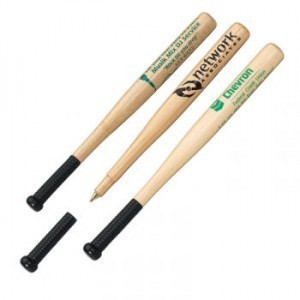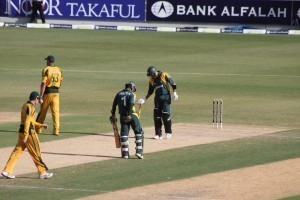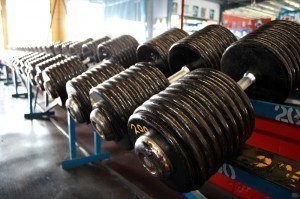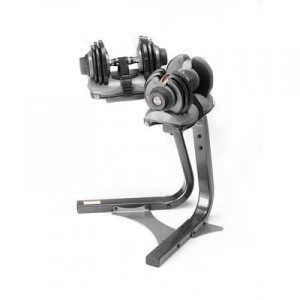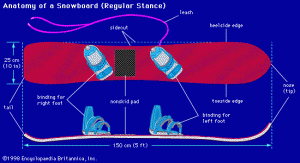Buoyancy Compensator Dimensions
Buoyancy compensator sizes will depend on the manufacturer. 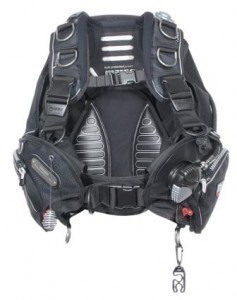 The following is an example of the sizes used by some manufacturers. This is not however, applicable to every buoyancy compensator (or BC) marketed.
The following is an example of the sizes used by some manufacturers. This is not however, applicable to every buoyancy compensator (or BC) marketed.
BC Size Guide
Sizes used are usually xsmall, small, medium, large, xlarge, 2xlarge and 3xlarge to 4xlarge. The weight for the xsmall is up to 115 lbs. The height is up to 5’0" and the waist is up to 32". The small size weight is between 120 – 145 lbs. The height is up to 5’1" – 5’4" and the waist is 28"- 36".
The medium buoyancy compensator size is for weights between 140 – 175 lbs. The height is between 5’4" – 5’8" and the waist is 32"- 40". The large weight ranges from 170 – 210 lbs and the height is 5’8"- 6’1". The waist range is 36"- 44". The xlarge weight is from 205-240 lbs and the height is 5’9"- 6’2".
The waist measurement is between 40"- 48". The 2xlarge is for weights between 235-270 lbs. The height is between 5’9"- 6’2"+ and the waist is 44"- 52". The 3xlarge to 4xlarge is for 265+lbs. The height is 5’9"- 6’2"+ and the waist is 52"- 64".
The waist measurement is not necessarily the pants size.
Features of the Buoyancy Compensator
While the buoyancy compensator sizes vary, their purpose is the same. It is a device used to float the diver underwater or close to the surface. This BC is also used to control the neutral buoyancy.
While BCs will have different elements, many features are standard. These include the adjustable waist and shoulder straps. These are used to custom fit the BC to the wearer’s body. Many of the BCs have quick release features so removal is quick.
Trim weight pockets are usually found at the rear of the BC. This lets the diver balance the weight placement. These pockets are used for trim and usually cannot be ditched. The integrated weight system is when the weight is in the BC pockets and can be removed if needed. In some designs you will have to wear a weight belt.
Aside from the right buoyancy compensator size, other features the buyer should look for are easy access pockets, D-rings, adjustable cummerbunds, lumbar support pads and shoulder dump valves.
The Denier number refers to how resilient and heavy duty the BC material is. The typical BC will have a number of 620. The heavy duty types will have numbers as high as 1600. Other types will be somewhere in between.
Jacket Style BCs
Jackets and vest styles are the ones used for training new divers. These are also used by recreational divers. These jackets typically have big pockets set at the lower front. The quick release features are also standard so new divers won’t have problems using them.
The buoyancy compensator sizes and features given here are an overview. The features on specific product sold may differ. Make sure you study the elements of the BC before you buy it.
